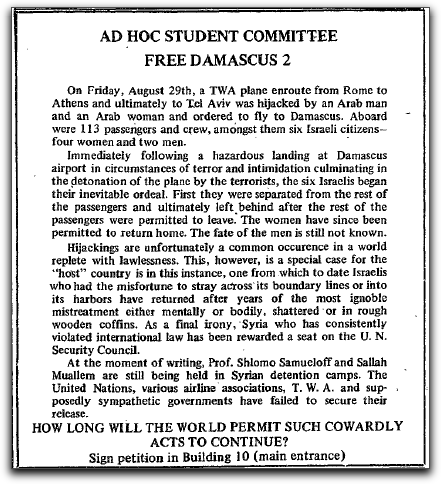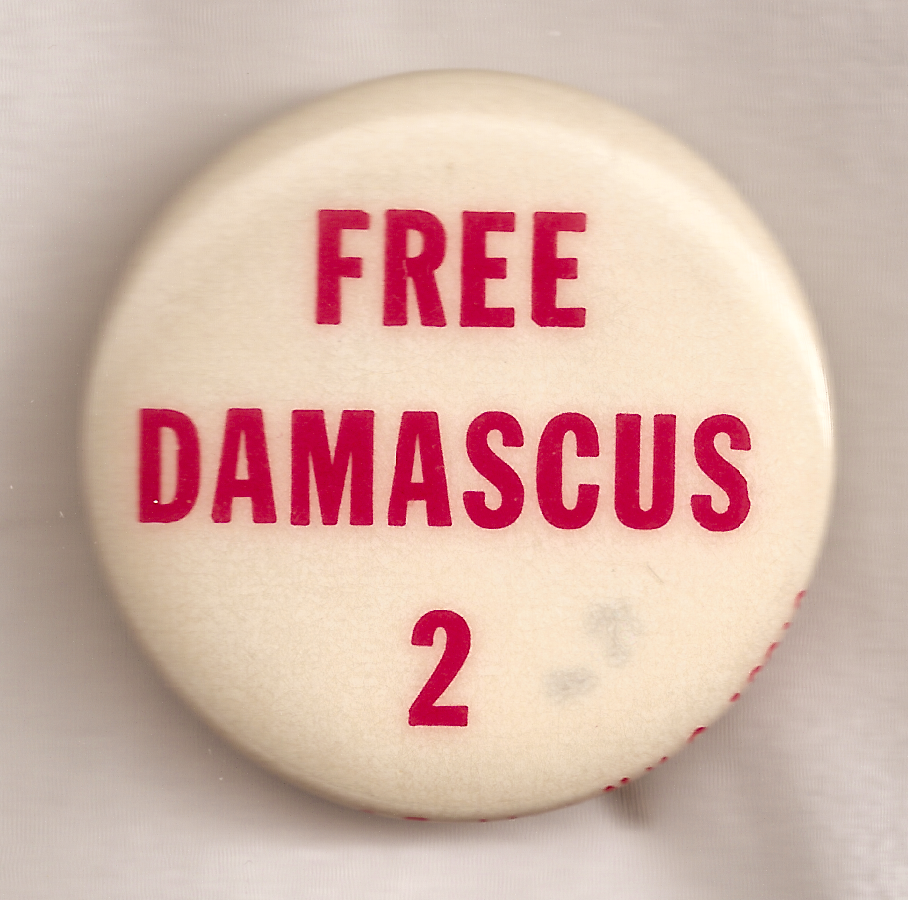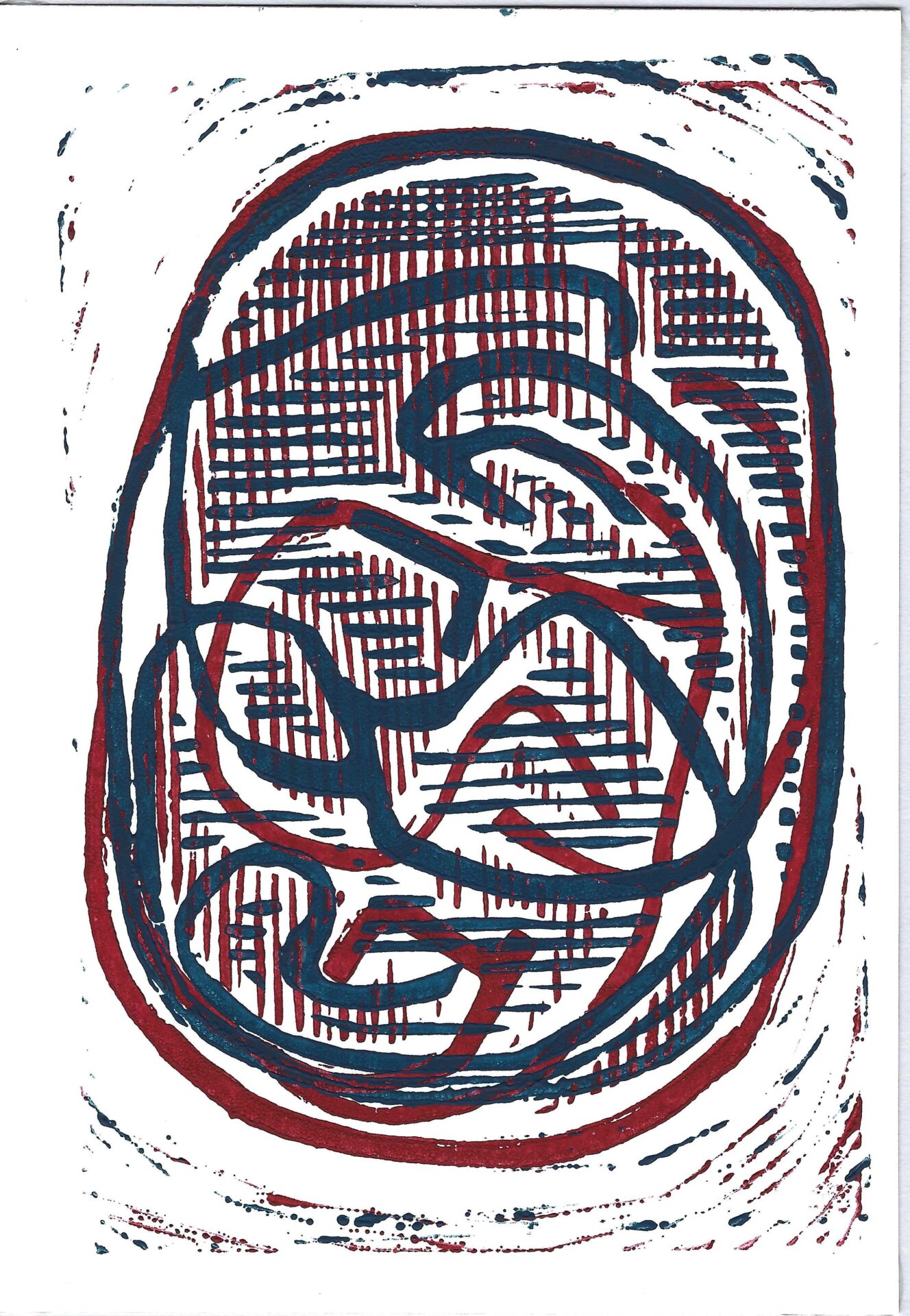redeeming prisoners
The value of פדיון שבויים (Pidyon Shvuyim, the redemption of prisoners) is very important in Jewish life. Maimonides states that it takes precedence over supporting the poor or clothing them… because the problems of the captive include those of the poor: being hungry, thirsty, unclothed, and they are in danger of their lives.
an entire world?
Talmud Bavli Sanhedrin 4:8 (37a) states:
Whoever saves a life, it is considered as if he saved an entire world.
However, not all prisoners should be redeemed at any cost, in part to prevent those seeking financial gain by capturing any of the Jewish people (on the presumption that they’ll be paid a ransom). And while there remain circumstances in which this restriction does not apply, the most outstanding is when the prisoner is a Torah scholar, it is instructive that the most famous case of someone refusing to be redeemed was that of R. Meir of Rothenberg who died in prison after seven years in captivity.
Should a soldier, taken as a prisoner of war be ransomed?
stateless or stated
At a time when the Jewish people was weak and stateless, one could easily argue that we had no way to prevent marauders from capturing us. And, therefore, it was important to ransom captives. But, is it possible that the situation has changed in a world where significant numbers of Jews are protected by the apparati of the State of Israel?
On August 29, 1969 TWA flight 840 was hijacked from its Rome to Athens to Tel Aviv route and redirected to Damascus. In Syria all passengers were released except for two Israelis: Shlomo Samueloff a professor at Hebrew University and Salah Muallem a travel agent. Various attempts were made to call attention to the prisoners’ plight. An eyewitness account of the hijacking, written by Foreign Service officer Thomas D. Boyatt who was a passenger on the flight was published in the December 1969 issue of Foreign Service Journal. The following advertisement for a petition appeared on page 6 of The Tech the MIT student newspaper on Friday, December 5, 1969.

call for petition to release the damascus 2
Israeli officials had originally said they would never accept a deal to trade the prisoners. Nonetheless the Wikipedia article on the release mentions 71 Syrian and Egyptian soldiers as the “ransom price”, a New York Times article from the period states that the “unbelievably complex” exchange arranged for two Syrian MIG-17 pilots, “five soldiers and six civilians”. One wonders what the “six civilians” were doing in Israel that they could be considered part of a ransom? Were these six civilians prisoners?!
ron and nachshon who?
In October of 1986, Lieutenant Colonel Ron Arad was shot down over Lebanon. Many presume that he is dead, though in October 2007, twenty-one years after his capture, Israel received a letter written by Arad to his family shortly after his capture. Israel continues to function on the assumption that he is alive.

ron arad
Eight years later, in October of 1994 Nachshon Wachsman was captured (probably in uniform) when returning home from a training exercise. Nachshon was kept prisoner somewhere in the Territories for six days. He died during an aborted rescue attempt in which the team commander was also killed.
The following year, Benjamin Netanyahu disapproved of a prisoner swap writing to then Prime Minister Yitzhak Shamir:
The deal may have saved a few Israeli lives, but it’s clear to me that the price we’ll eventually pay is that the deal will sentence many others to death. A nation must act first and foremost in the interest of the majority, and I see no way of justifying the deal as having served the majority in any way.
What is the responsibility of the nation to those who are captured in its defense? Are these to be considered Shvuyim for whom we must arrange Pidyon?
how would I feel if gilad was part of my family?
I am fortunate. No one I know personally has been captured and taken prisoner, nor have they been injured or killed in combat. I do not live in Israel where the awareness of Gilad Shalit’s captivity is constantly maintained. In addition, I am not a governmental leader on whom rests the responsibility for the protection of any country’s citizens, neither the civilians nor the soldiers whose task it is to don a uniform and take up arms in defense of the civilian population. I hope that I, even though I might be passionately concerned, would be able to dispassionately evaluate the larger situation were I faced with such a challenge.

gilad shalit
- Why is the case of Gilad Shalit on everyone’s mind, but that of Ron Arad mostly unknown (at least among American Jews)? Perhaps because the case of Gilad Shalit is still so fresh we hope that we can save him… before the trail becomes cold.
- A failed 2006 attempt to rescue Gilad Shalit has caused even more deaths than the failed attempt to save Nachshon Wachsman. What makes his life worth that of nearly a thousand others?
- Is it true that saving his life would be as though we had saved an entire world? Perhaps not, but there might be other values involved. My brother Jay reminds me that Israeli youth who enlist in combat units need to know that the state will do all it can to to free them if captured.
- Is not the concern expressed by Netanyahu, in 1995, when he did not have to respond to the voters in the same way he does now as Prime Minister, valid?
- Certainly not all those slated to be traded for Gilad Shalit will turn around and commit more acts of terror and war against Israel. Have they been captured for the purpose of such an exchange? Most are probably kids who’ve tossed stones, yet certainly Israel has captured others for this purpose.
- What does Israel gain by, and what is the cost of, keeping these thousand prisoners?
- Is making this exchange, perhaps, a simple expression of human compassion that might be understood, appreciated and reciprocated?
These are wrenching questions.
Gilad Shalit is mentioned (on the “sick” Mi-sheberakh list) every week in nearly every Shabbat service we attend… while Ron Arad seems to be unknown. I’ve had links to Arad in my Haggadah since it first went online and people still don’t know who he is. That original page regarding Ron Arad is now only available as a Web archive. However, a new organization dealing with those missing in action is available. (And, in the same context, even Ariel Sharon, while he remains comatose, is not mentioned [though I add him from the congregation]!)
Most of the online comments to stories regarding the prisoner exchange for Gilad Shalit express the concern that Israel is functioning according to the concern that Netanyahu raised in 1995 (quoted above). And yet, since at least since Shlomo Samueloff and Salah Muallem were released there does not seem to have been any upsurge in Israelis captured for ransom. Therefore I must discount this reason.
Nonetheless, it irks me. And yet, I should not take this out on Gilad Shalit.
I am (or have tried to make myself) hard/harsh on this. Even though I don’t want to be.
I ask myself painfully:
Is it only my geographical, familial and emotional distance from the immediacy of the situation that makes me feel that this exchange should probably go through, even though it is not appropriate?
The subject of Pidyon Shvuyim is timely for a couple of reasons. Recent weeks have seen an increase in the buzz suggesting that the current Israeli government, headed now by Netanyahu is about to exchange 980 prisoners in Israeli captivity in exchange for Gilad Shalit, the young Israeli corporal who was captured while on duty at his army post on 25 June 2006. I wrote about this subject at the time of his capture (to colleagues) and again (publicly) in June of 2008. In 2008 two other soldiers Ehud Goldwasser and Eldad Regev were still presumed to be alive, prisoners of war held captive in Lebanon.
When Debbie and I were in New Orleans to help clean up after hurricane Katrina I saw someone wearing a button calling for the release of Gilad as well as Ehud and Eldad. I have not been able to acquire that button.
Forty years ago on the date of this posting, which matches the date of the call for the petition signing in The Tech, and unbeknownst to the students who prepared the ad at that time, Shlomo Samueloff and Salah Muallem, “The Damascus 2” were released.
[I am indebted to Dr. James Dreyfus for helping me track down the identity of The Damascus 2 in mid-December of 2008.]

free damascus 2
| Date: | 1969 |
| Size: | 3.175 |
| Pin Form: | straight |
| Print Method: | celluloid |
| Text | Free Damascus 2 |
your lapel buttons
Many people have lapel buttons. They may be attached to a favorite hat or jacket you no longer wear, or poked into a cork-board on your wall. If you have any laying around that you do not feel emotionally attached to, please let me know. I preserve these for the Jewish people. At some point they will all go to an appropriate museum. You can see all the buttons shared to date.

